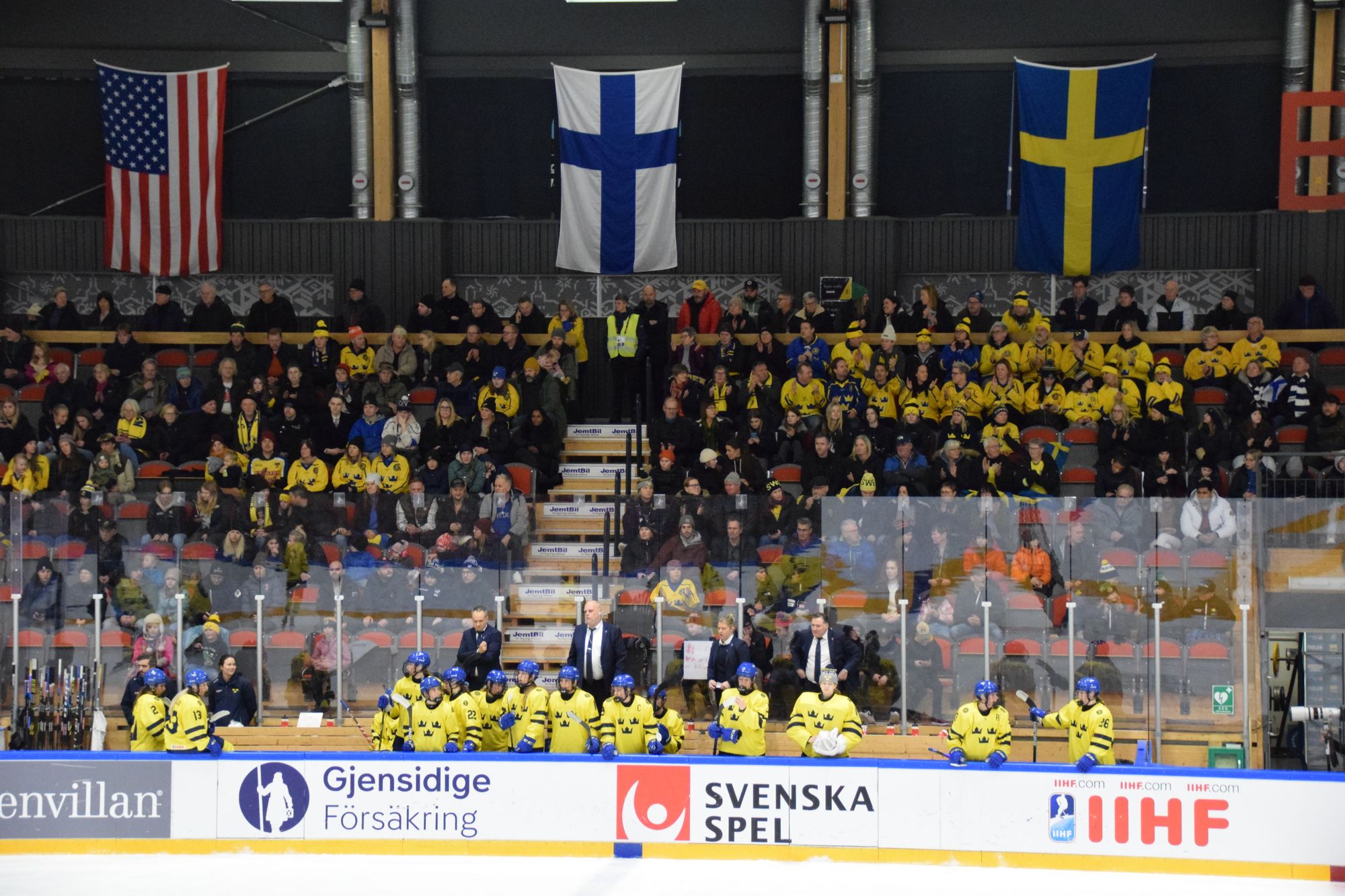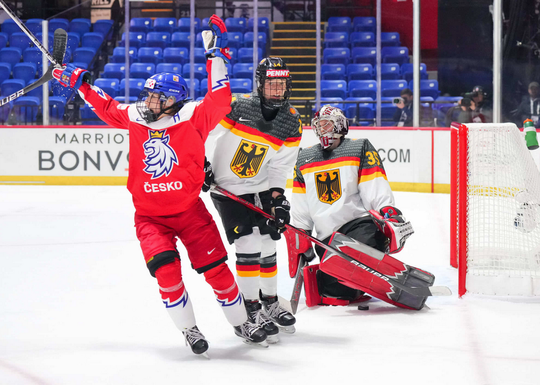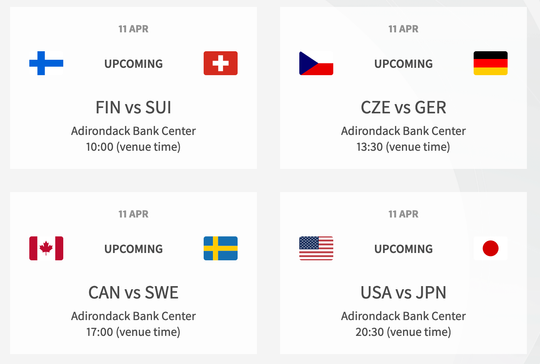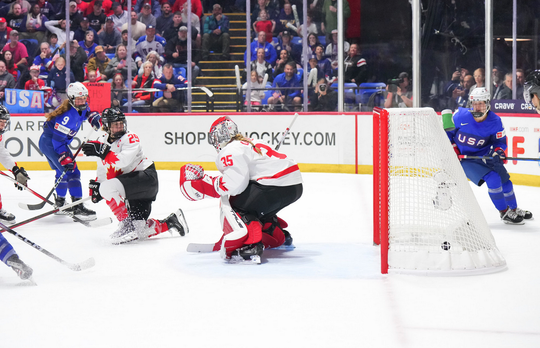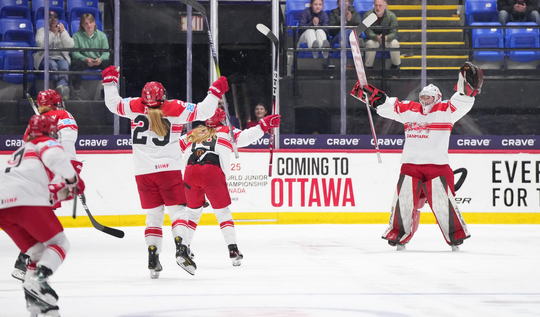Swedish Ice Hockey Federation Chairman Anders Larsson believes in balance. He isn't interested in the quick fix or the easy way out. He wants meaningful and long term change.
To that end, the Swedish Hockey Federation has ensured that a focus on women's hockey is part of a larger Federation initiative called Strategy 2030. Larsson said Strategy 2030 is focused on answering the question: "What do we need to do over the next seven years to grow the game and the popularity?" That is tied to a joint project with the Swedish Olympic Committee called "Olympic Offensive" – the goal of which is the women's team earning medals at the 2026 and 2030 Olympic Winter Games.
A focus on planning and strategy in the short and long term is, in part, driven by the fact that the Swedish Ice Hockey Federation will host three IIHF tournaments over the next two years. They've dubbed it Hockey Journey 2025. First is the 2023 U18 Women’s World Championships in Östersund. The World Juniors Tournament in 2024 is scheduled for Gothenburg and in 2025, Stockholm will host the senior Men's World Championship.
In a public letter published in late December, Larsson used the U18 Women's World Championship in Östersund as a gateway to talking about the future of women's and girls' hockey in Sweden. In it, he said it is the Federation's job to "encourage young Swedish girls to choose and bet on hockey."
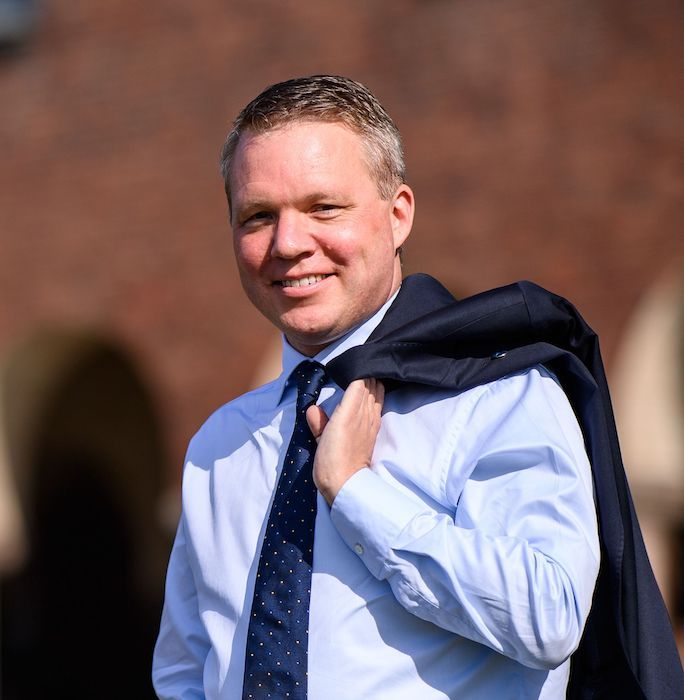
The Federation's research shows that nothing helps grow the sport of ice hockey in Sweden so much as success by the national teams. In Sweden, hockey is more than a sport, said Larsson; it's a part of the culture of the country, and the national teams are the engines of that culture.
Larsson believes that focusing solely on the women's senior national team is the wrong way to go about achieving long-term success. When Sweden won silver at the 2006 Torino Olympics, he said the team was treated like an independent entity. They were centralized together for much of the year and while that yielded immediate results, the fact that the women's program has not returned to the podium at the Olympics or senior World Championships since tells Larsson that keeping those players together was not in the best interest of long-term success for women's hockey in Sweden.
"Now, we strongly believe in having the players spending a lot of time in the clubs and increase the level in the clubs," he said.
By clubs, he means the SDHL – the Svenska damhockeyligan. While the SDHL is home to many international stars, it is a Swedish league and Larsson believes it is and will continue to be the place where Sweden's best hockey players learn and grow in their game. The league, in conjunction with the Federation, instituted rules that said teams in the league must have a certain number of home-grown players on their roster. Teams with 21-22 players must have at least ten home-grown players, teams with 18-20 players must have nine, and so on.
For their purpose, home-grown players are those who have been registered for a Swedish association for at least three years from ages 13-21.
"What we strongly believe in is that we need to have a good development environment in the clubs, and we as a Federation can support the clubs and the coaches. It takes some time, but everything is stronger," Larsson said.
The league, the Federation, the national teams and the growth of hockey in the country are all inextricably linked for Larsson. He believes the best way to have a large pool of players to choose national teams from is to develop and nurture talented players. He is convinced the SDHL is the best place to do that. The national team drives interest and enrollment, which creates a bigger pool of players to develop.
The commitment to the SDHL club system for development comes from the Federation, but also the clubs and the sponsors. Top level clubs on the men's side are putting effort and resources into women's hockey, Larsson said.
"We want to develop Swedish role models and the national team. We need to have a certain number of players playing on the [SDHL] teams and in important situations. We could do it by [centralizing], but do not want to do the quick fixes. We want to do it for real. It will take time. [The SDHL] is a really important part of our strategy. It's very clear this is the direction," he said.
“The national team is a key factor to grow the game and therefore we need to take care of the Swedish players.”
The tag line for the 2023 IIHF U18 Women’s World Championships in Östersund is "The Future Starts Now." It's an impactful marketing phrase that appears on all the materials here in Sweden. But Larsson hopes that it's also a manifestation for what is possible for women's ice hockey in Sweden.
The tournament is being broadcast nationally on state-owned television and according to Larsson, the mandate from the television station is to broadcast this tournament with the same care and quality they did the World Juniors. The result is that Sweden's women's U18 games are available in nearly every household in the country. Larsson believes it's important for young girls to be able to see themselves in the women currently playing.
Registration of girls hockey players in Sweden is up 28% since the pandemic, but Larsson said the Federation is still focused on increasing participation among women in hockey.
"One very important thing is to get more girls playing and we have seen the numbers increasing dramatically. A key priority for us is women's or female hockey. [We are focused on] how to bring in more girls playing hockey, how to develop everything – leadership, the representation on the boards, but also the junior structure and different competition levels," said Larsson.
Larsson's ideas for growth and development do not stop with the SDHL and national teams. A problem internationally, he feels, is the gap between U18 and senior national teams and the lack of opportunities and development for players after they turn 18. Some players can immediately make the jump, but for many, there is so much room to grow and improve.
An IIHF Council Member, Larsson said he believes another level of women's competition will be created at some point. But he’s also adamant that the way forward for women does not have to look the same as it does on the men's side.
"I personally strongly believe – on the one hand, hockey is hockey – but I don't think the future solutions and the ways going forward for women's hockey is to just copy and paste what we're doing on the men's side. We have U18 for men and women and U20 for men but not women. But for me, it's not automatic that we have U20 for women. Maybe it's U22. Maybe it's something else," he said.
"I think we need to test things. Challenge the status quo a bit. We must have the mindset to not just copy paste."
Larsson referenced the current testing of altered body checking rules in the SDHL as an example of testing ideas, looking at options, gathering data and reevaluating.
That openness to change is rare, but refreshing in the "this is the way we've always done it" realm of international hockey. The key, of course, will be how all the planning, projects, initiatives and operations are put into practice – or if they happen at all. Larsson is committed to this path. The proof will be on the podium – or not – in the next three to seven years.
"I strongly believe in what we are doing," Larsson said. "It will take some time until we are really playing the gold medal game in the Olympics, but we are focusing on that direction and we must have the patience to do it in the Swedish way, with the clubs."
(Top photo: Nicole Haase)
